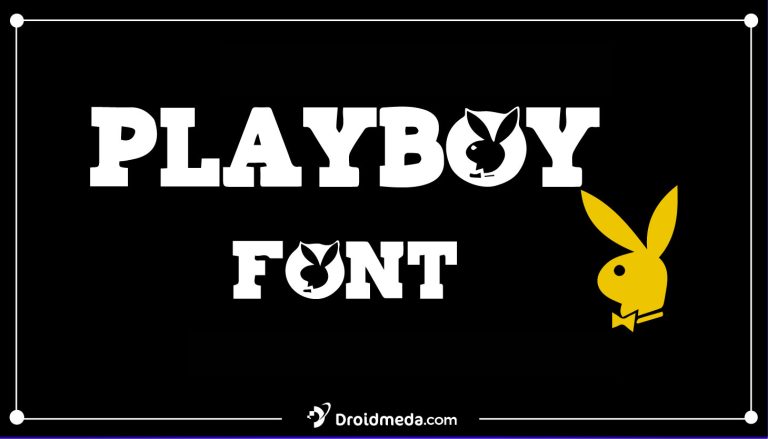How do fonts contribute to branding?
In the world of branding, fonts play a significant role in shaping the identity and perception of a brand. Fonts contribute to the visual representation of a brand, conveying its personality, values, and essence to the audience. This article explores how fonts contribute to branding, discussing their impact on brand recognition, differentiation, consistency, and emotional connection. By understanding the crucial role of fonts in branding, businesses can leverage their power to create a strong and memorable brand presence.

I. The Power of Visual Identity in Branding
A. Significance of Visual Identity
- Creating a Memorable Impression
- Establishing Brand Recall
- Differentiating from Competitors
B. Elements of Visual Identity
- Logos and Symbols
- Color Palette
- Typography and Fonts
C. Role of Fonts in Visual Identity
- Expressing Brand Personality
- Conveying Brand Values
- Eliciting Emotional Connections
II. Establishing Brand Recognition
A. Consistent Typeface Selection
- Choosing a Core Brand Font
- Ensuring Cross-Channel Consistency
- Building Familiarity and Trust
B. Typography as a Brand Signature
- Custom Fonts for Unique Identity
- Creating Distinctive Letterforms
- Reinforcing Brand Recall
C. Impact of Font Usage
- Typeface Associations with Brands
- Font Recognition in Advertising
- Building Brand Equity through Fonts
III. Differentiating from Competitors
A. Aligning Fonts with Brand Positioning
- Defining Brand Personality
- Identifying Target Audience
- Selecting Fonts to Stand Out
B. Reflecting Brand Values and Attributes
- Traditional vs. Modern Fonts
- Playful vs. Serious Fonts
- Establishing a Unique Voice
C. Creating Emotional Connections
- Typography and Emotional Appeal
- Evoking Desired Brand Perception
- Establishing Brand-Consumer Relationships
IV. Consistency and Cohesion in Branding
A. Typeface Usage Guidelines
- Defining Font Families and Styles
- Specifying Usage Hierarchy
- Outlining Brand Guidelines
B. Ensuring Visual Harmony
- Font Pairing and Combinations
- Consistency Across Marketing Collateral
- Balancing Font Weights and Styles
C. Building a Unified Brand Experience
- Fonts in Offline and Online Channels
- Font Consistency in Digital Interfaces
- Creating a Seamless Brand Journey
V. The Emotional Impact of Fonts
A. Psychological Associations with Fonts
- Serif vs. Sans-Serif Fonts
- Script Fonts and Emotional Connection
- Impact of Font Characteristics
B. Evoking Desired Emotions
- Fonts for Luxury and Sophistication
- Fonts for Playfulness and Youthfulness
- Fonts for Trust and Reliability
C. Cultural Considerations in Font Selection
- Localizing Fonts for Global Brands
- Sensitivity to Cultural Typography
- Adapting Fonts for International Markets

Conclusion
Fonts play a vital role in branding, contributing to brand recognition, differentiation, consistency, and emotional connection. The careful selection and usage of fonts help establish a strong visual identity that reflects the personality and values of a brand. By leveraging fonts strategically, businesses can create a powerful brand presence that resonates with their target audience and leaves a lasting impression. Understanding the impact of fonts in branding enables businesses to craft compelling brand experiences and build strong connections with their customers.

FAQs
1. How do fonts contribute to branding?
Fonts play a significant role in branding by visually representing a brand’s personality, values, and essence. They help create a memorable impression, establish brand recall, and differentiate a brand from its competitors.
2. What elements of visual identity do fonts complement?
Fonts complement other elements of visual identity such as logos and symbols, color palettes, and overall design. Together, these elements form a cohesive brand identity.
3. How do fonts express brand personality?
Fonts with distinct characteristics can convey different emotions and personalities. Serif fonts may evoke a traditional and formal feel, while sans-serif fonts give a modern and clean impression.
4. Can fonts evoke emotional connections with the audience?
Yes, fonts can evoke emotional connections by appealing to specific emotions. For example, script fonts may add elegance and creativity, while bold fonts can evoke a sense of confidence and strength.
5. How does font usage impact brand recognition?
Consistent use of a core brand font across various channels helps build brand recognition and familiarity. Custom fonts can act as a brand signature, reinforcing brand recall.
6. How can fonts help a brand stand out from competitors?
Aligning fonts with brand positioning and values can help a brand stand out in the market. By choosing unique fonts that resonate with the target audience, brands can differentiate themselves effectively.
7. What role does font consistency play in branding?
Font consistency ensures a unified brand experience across all touchpoints. Following typeface usage guidelines and maintaining visual harmony strengthen brand identity.
8. Do different font styles impact brand perception?
Yes, font styles have psychological associations that can influence brand perception. Serif fonts may be associated with tradition and reliability, while script fonts can evoke elegance and sophistication.
9. Should brands consider cultural factors when selecting fonts?
Absolutely. Cultural considerations are crucial when designing for global brands. Fonts must be sensitive to diverse cultural typography and adapted for international markets.
10. How can businesses leverage fonts to create a strong brand presence?
By understanding the impact of fonts in branding, businesses can strategically select fonts that align with their brand values and appeal to their target audience. Consistent use of fonts across various platforms and marketing materials helps build a strong and memorable brand presence.






